Ruixinhuakui 5.0dirty Coffee Flavor Taste description introduction to Essehidama coffee bean flavor
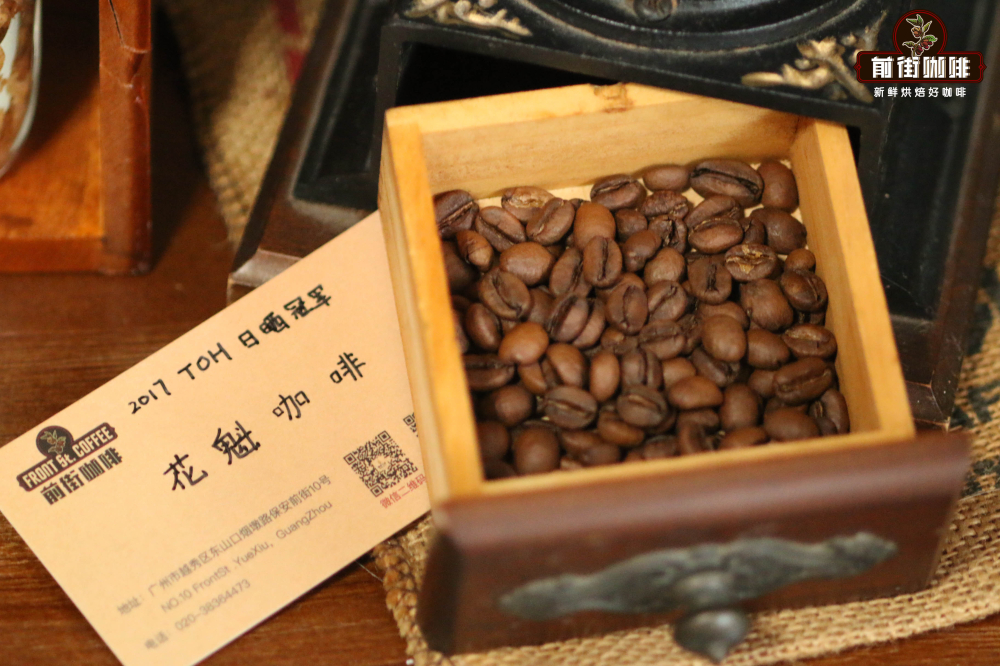
As Lucky gradually gets rid of the shadow of the financial crisis, Ruixing has begun a new round of strategic development, this time the tuyere turned to the boutique coffee bean Sakuran 5.0.
Since the launch of the Sakuran coffee beans in 2017, each year has been named after Sakui X.0 in chronological order. For example, the 2018 Sakuran coffee bean is called "Sakuran 2.0". Until this year, that is, 2021, the Sakui coffee beans were known as "Sakui 5.0", and Ruixing ordered 90 tons of Huakui coffee beans at one time.
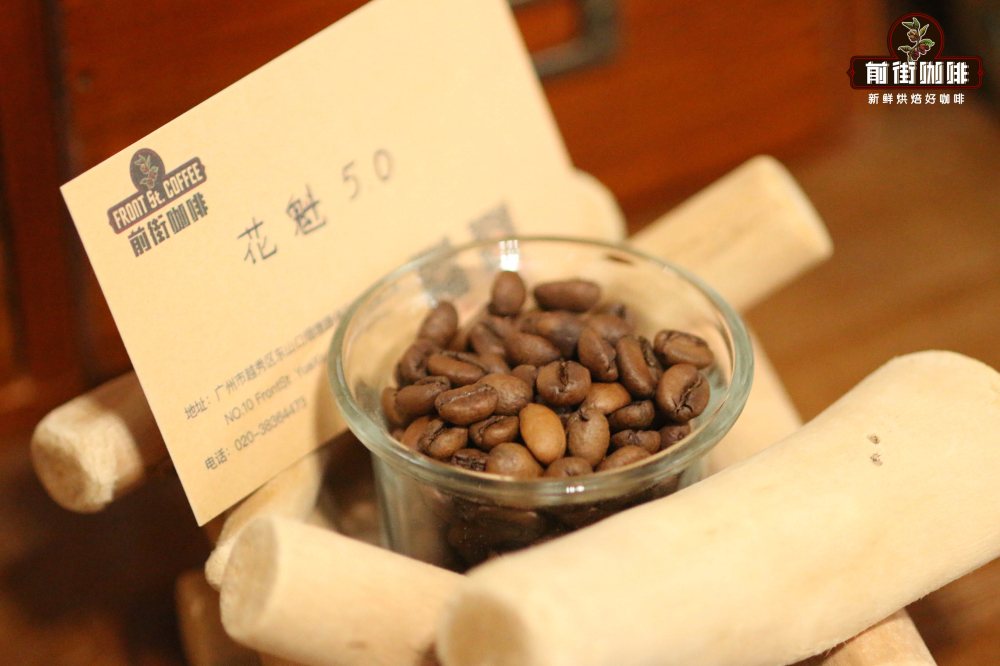
With such a large number of imported Sakui 5.0 coffee beans, Ruixing will launch Sakui SOE coffee, while it seems that such a large number of Sakui 5.0 is still in short supply in Lucky's stores all over the country, and even Huakui soe has sold out, only Yega Xuefei soe.
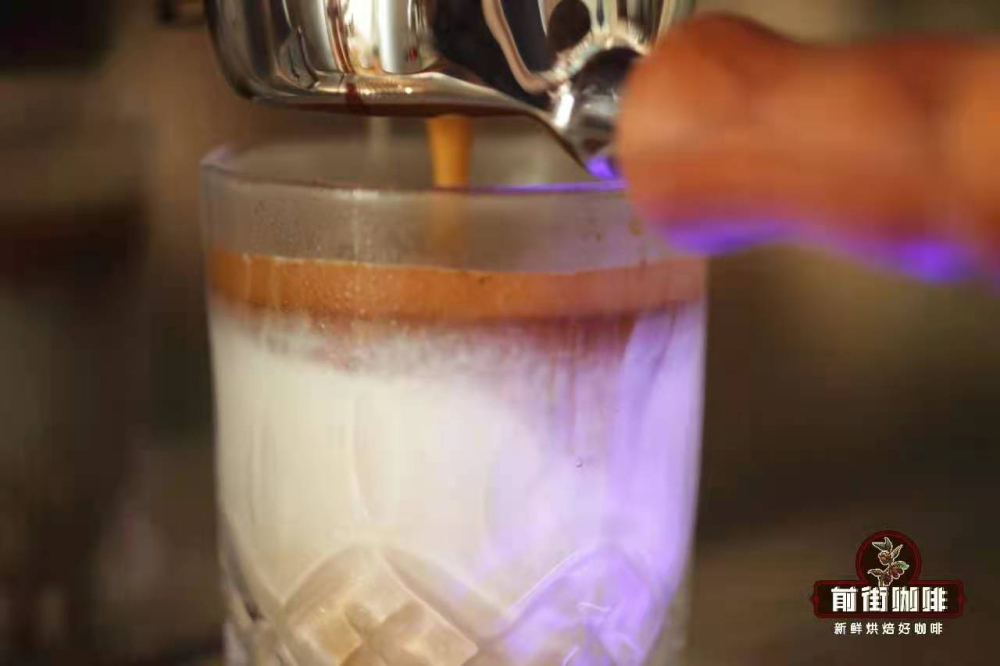
The person in charge of procurement even said that he hopes to launch the Sakui PLUS series soe in the second half of 2022, when the purchase of Sakui PLUS raw beans will exceed 250t.
According to the previous law, the new production season of 2022 will be named "Sakuran 6.0", the first batch will be sent by air and is expected to be available to the market in early April. Qianjie is also expected to put on "Sakuran 6.0" in April.
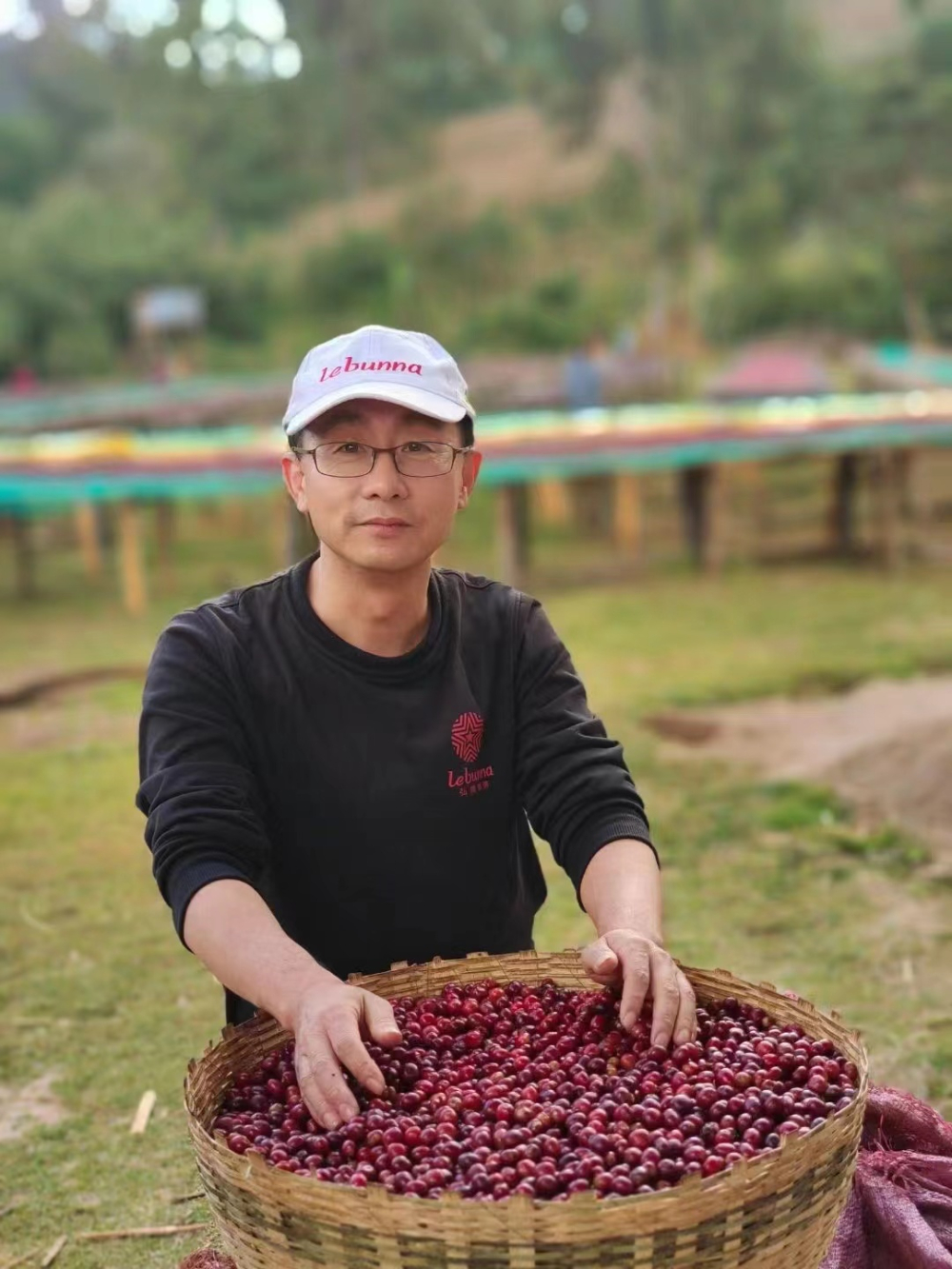
It is reported that this Sakuran PLUS is not the coffee bean of the new season in 2022, but the other is also a native coffee bean from the Buku Abel processing plant in West Dama. Domestic lifetime bean merchants named this coffee bean "Sakuran Queen". The raw bean material says Ethiopia Hambella Buku Abel Queen Plus G1 Natural (Ethiopian Sidamohambela G1 sun).
Here is a brief introduction to Sakuran beans. There are two opportunities for Sakuran to be so famous. The first is that he won the championship of the TOH tanning group in 2017, and the second is that Li Jianfei won the championship of the Chinese Division of the World Brewing Competition with this Sunshine Coffee. Then the popularity of Sakuran continues to grow, and Qianjie can even be said to be at the top of the list of boutique coffee. This Sakuran breaks the legend of Rose Summer and becomes a coffee that can compete with Rose Summer Coffee.
And because the name Rose Summer geisha is the same as the Japanese word for "geisha", in order to play the name of this bean, it is named "Sakuran", which means the head of a geisha.
In addition, most of these varieties of Huakui coffee are native to Ethiopia, and some friends may not know much about what the Ethiopian native species are. The following is a brief introduction to Qianjie. Because Ethiopia is the hometown of coffee, Ethiopia is the gene bank of coffee, and there will be a wide variety of coffee. In addition, the local economic conditions of Ethiopia do not support the research of coffee varieties in Ethiopia. On the other hand, in order to protect the information of native coffee species, the Ethiopian government is not willing to make it public, so these unknown coffee varieties are called Ethiopian native species. However, Qianjie also tested these Sakuran, and found that Sakui 3.1 is quite different from the original Sakui flavor, but is closer to the rosy summer flavor of Panamanian jadeite manor. The flavor of Sakuran 4.0 is very close to the original flavor of Sakuran, but through the cup test in Qianjie, I still feel that the thickness of Yuyun and mellow is not comparable to that of the original Sakuran. Huakui 5.0 coffee is more inclined to the flavor of coffee beans in Guji producing area, with active acidity of berries, long flower aroma and obvious juicy feeling.
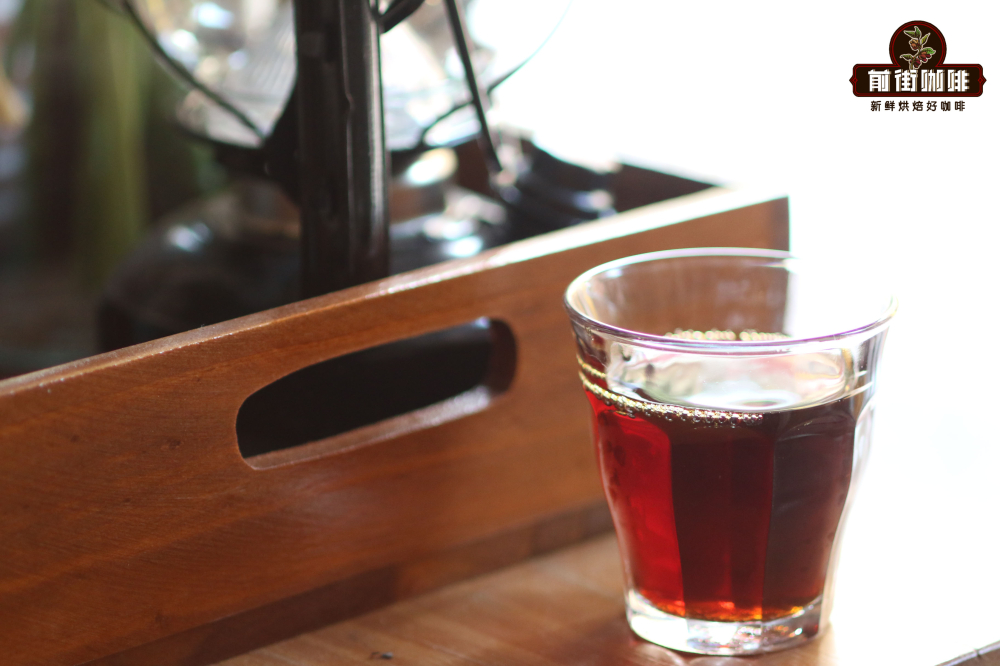
Qianjie cooking recommended cooking utensils: HARIO V60 powder quantity: 15g powder
Ratio of powder to water: 1:15
Water temperature: 90 ℃ grinding degree: medium and fine grinding (Chinese standard No. 20 sieve pass rate 80%)
Qianjie recommends using freshly roasted coffee beans for brewing, so that you can maximize the rich flavor of the coffee. The coffee beans shipped in Qianjie are all roasted within 5 days, because Qianjie is well aware that the freshness of coffee beans has a great impact on the flavor. The purpose of Qianjie roasting is "freshly roasted coffee", so that every guest who places an order is the freshest coffee when he receives it. The bean cultivation period of coffee is about 4-7 days, so when the guest gets it, it is the time when the flavor is the best.
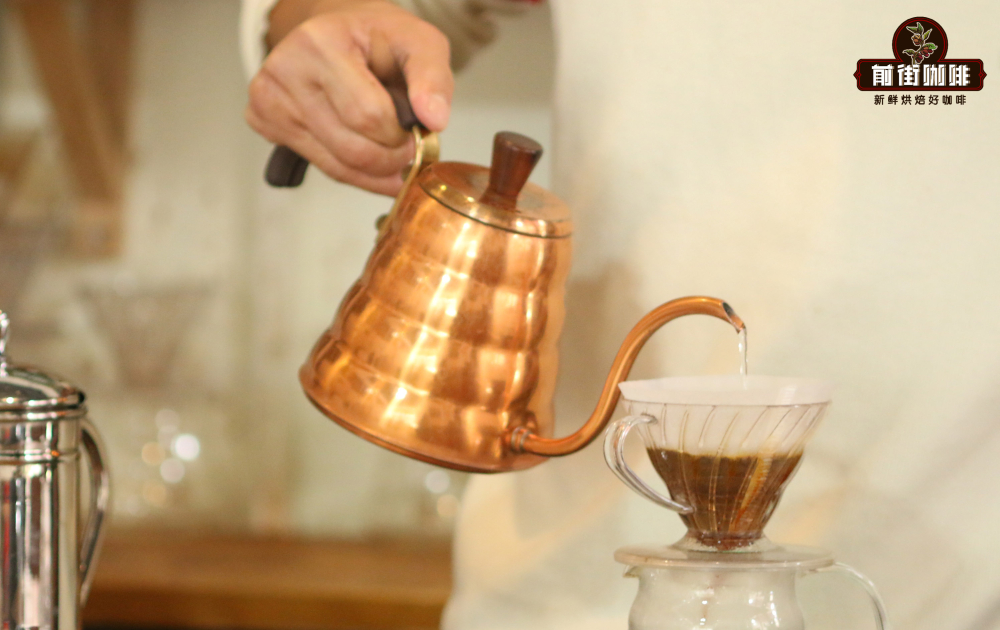
The amount of cooking powder is 15g and the ratio of powder to water is 1:15, that is, we need 15g coffee powder to inject 225g hot water for extraction. First, when using 30g, steam for 30 seconds, pour water in a circle from the middle to the outside and then return to the center in a circle of 4G per second and then return to the center in 4 seconds. Wait for the powder layer to drop to half of the powder layer and begin to inject water to 225g in the same way. After all the coffee liquid of the filter cup flows into the pot, remove the filter cup and end the extraction. The cooking time is 2 minutes and 10 seconds.
Hand-cooked flavor: mixed berry-like aroma, creamy strawberry, passion fruit-like sour and sweet, obvious sweetness, full taste.
Important Notice :
前街咖啡 FrontStreet Coffee has moved to new addredd:
FrontStreet Coffee Address: 315,Donghua East Road,GuangZhou
Tel:020 38364473
- Prev

El Salvador San Elena Manor Rainforest Union certified coffee flavor taste aroma description
For the exchange of professional baristas, please pay attention to the coffee workshop (Wechat official account cafe_style) 340 El Salvador [El Salvador San Elena Manor Rainforest Union Certification Finca Santa Elena Rainforest Alliance Certified] * Commodity introduction Chateau Santa Elena is located at the eruption of the San Ana volcano in El Salvador, which belongs to the high-altitude manor in the coffee producing area of the country.
- Next
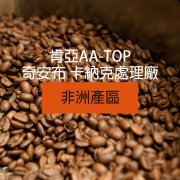
Description of flavor and flavor of shallow baked bean coffee from Qianbukanak treatment plant in AA, Kenya
Exchange of professional baristas Please follow the Coffee Workshop (Wechat official account cafe_style) Product description: bean bakers certified by SCAA, using special roasting curve, the aroma highlights the rich layers, the vast majority of Kenyan coffee is uncertified organic cultivation, because of the use of improved planting techniques, rarely use chemical pesticides or herbicides. Premium coffee from Kenya (AA)
Related
- Detailed explanation of Jadeite planting Land in Panamanian Jadeite Manor introduction to the grading system of Jadeite competitive bidding, Red bid, Green bid and Rose Summer
- Story of Coffee planting in Brenka region of Costa Rica Stonehenge Manor anaerobic heavy honey treatment of flavor mouth
- What's on the barrel of Blue Mountain Coffee beans?
- Can American coffee also pull flowers? How to use hot American style to pull out a good-looking pattern?
- Can you make a cold extract with coffee beans? What is the right proportion for cold-extracted coffee formula?
- Indonesian PWN Gold Mandrine Coffee Origin Features Flavor How to Chong? Mandolin coffee is American.
- A brief introduction to the flavor characteristics of Brazilian yellow bourbon coffee beans
- What is the effect of different water quality on the flavor of cold-extracted coffee? What kind of water is best for brewing coffee?
- Why do you think of Rose Summer whenever you mention Panamanian coffee?
- Introduction to the characteristics of authentic blue mountain coffee bean producing areas? What is the CIB Coffee Authority in Jamaica?

